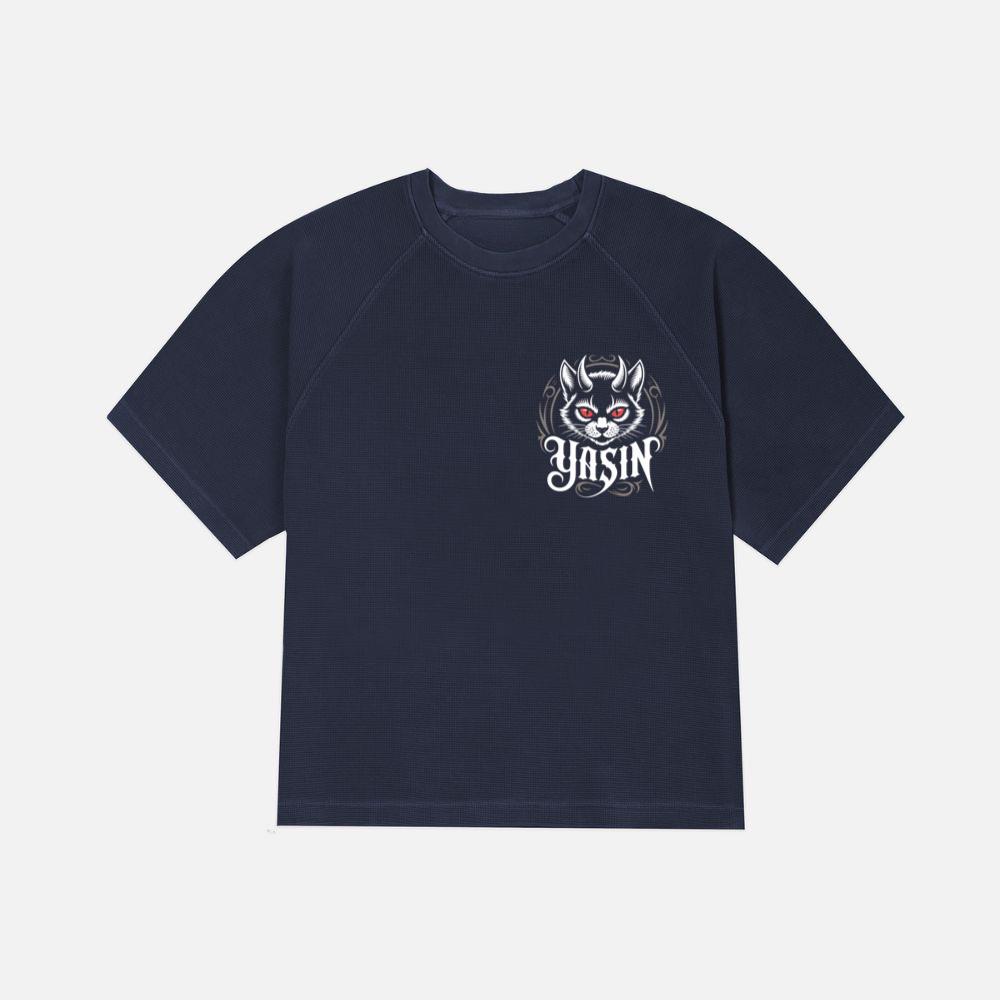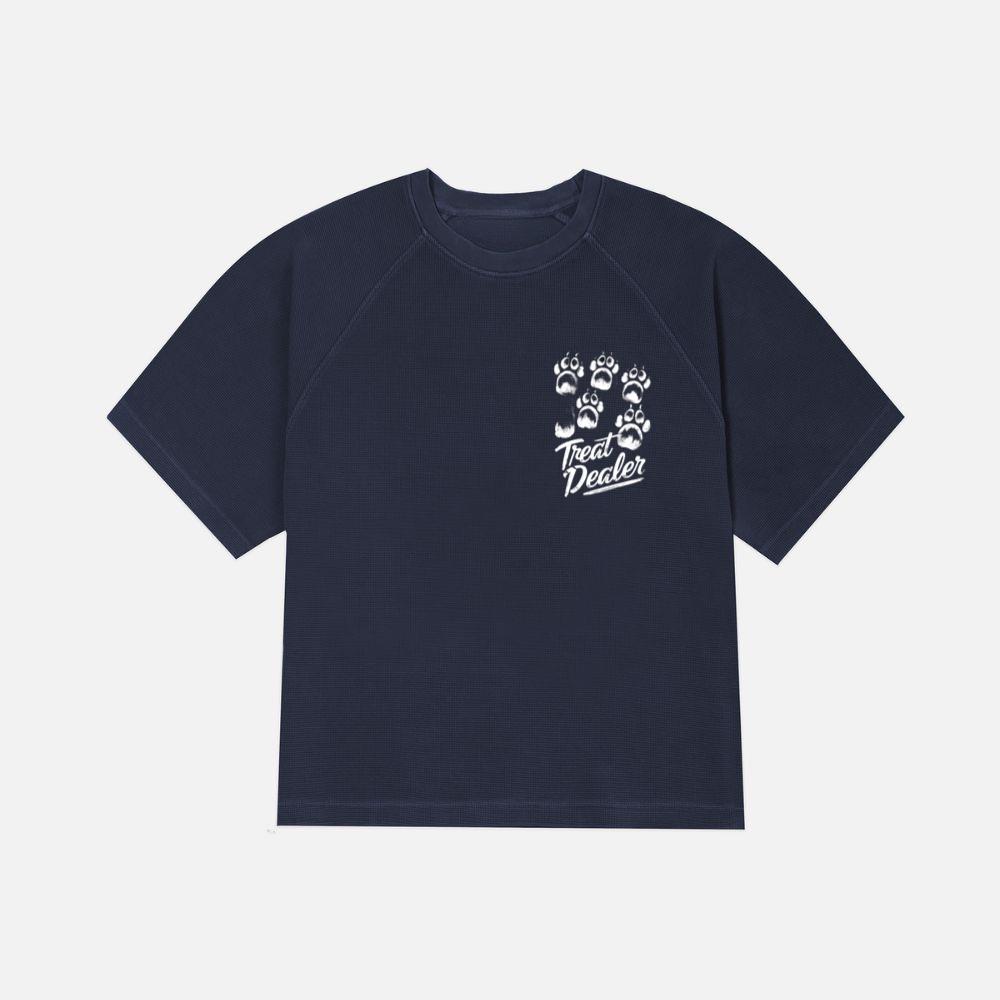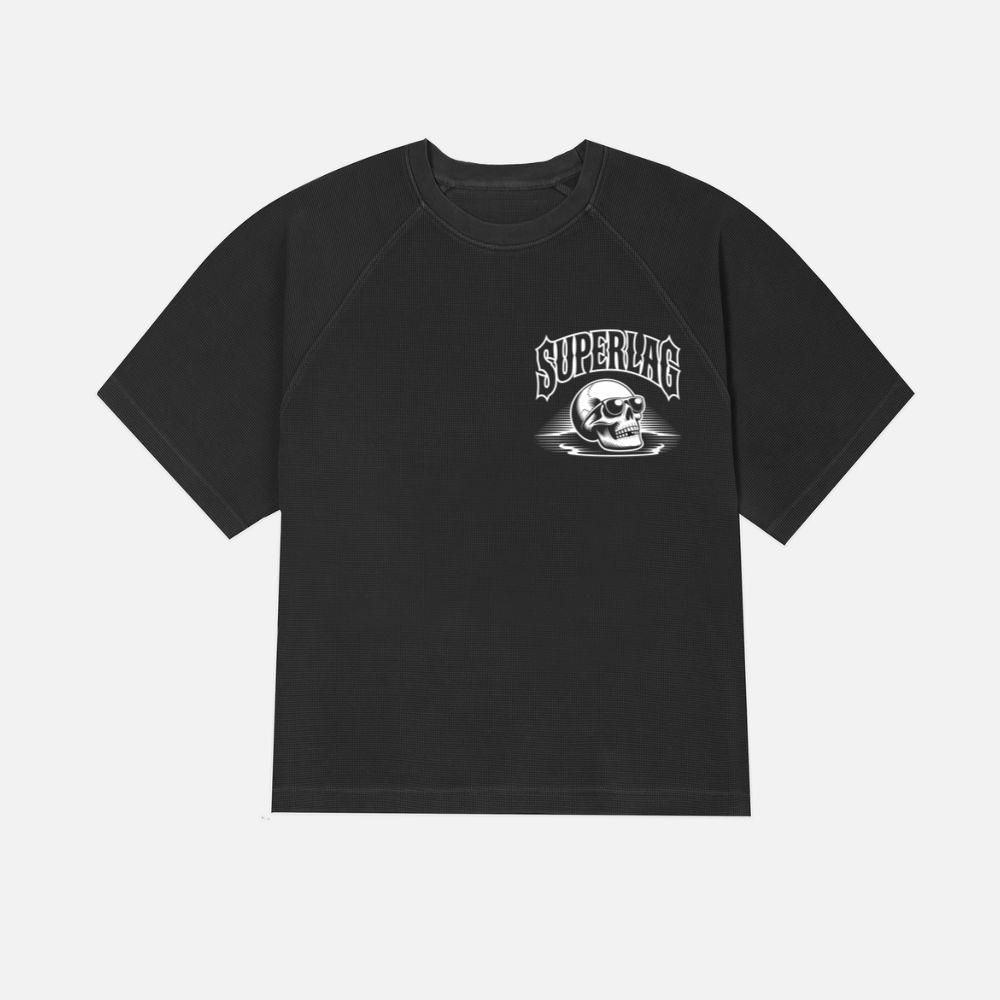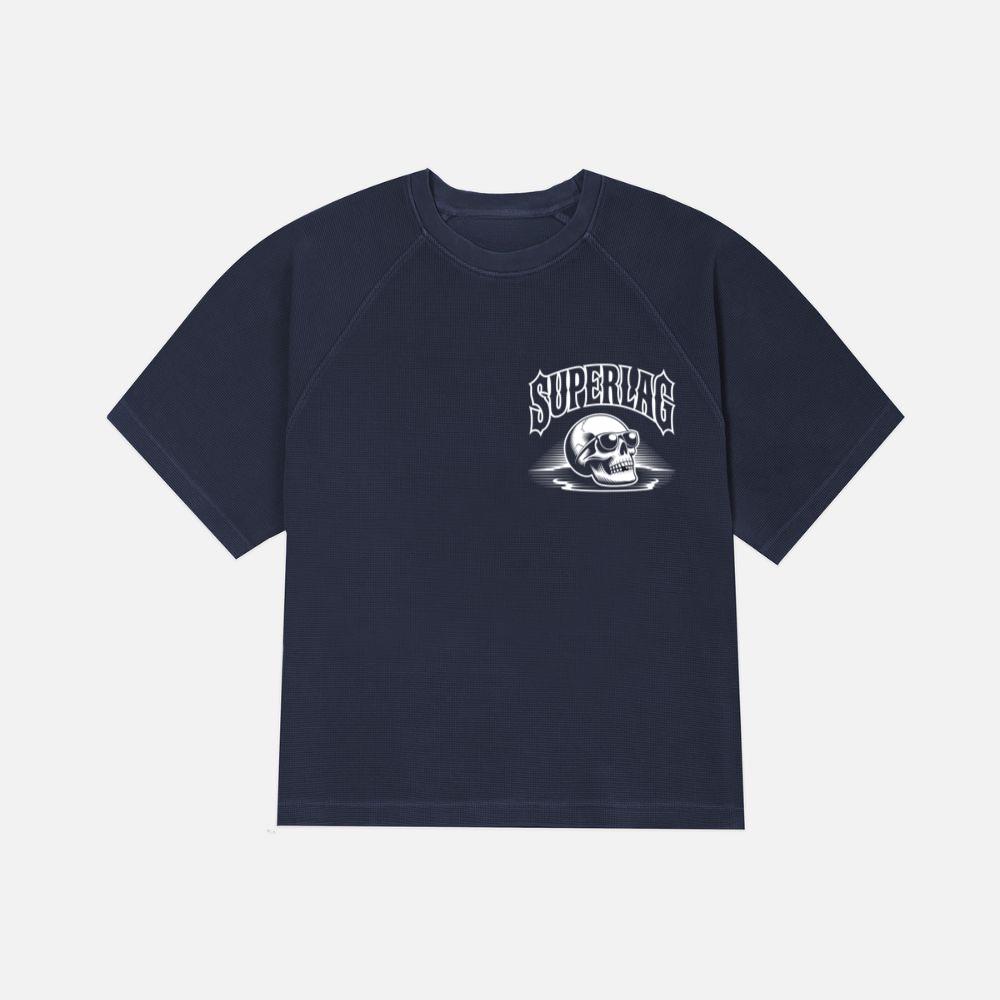Fashion has always been more than just clothing; it is a dynamic form of expression, a reflection of culture, and a marker of identity. Throughout history, what people wear has communicated social status, beliefs, and even political ideologies. From the luxurious garments of European royalty to the streetwear trends of contemporary urban culture, fashion has evolved into a complex and multifaceted industry that intertwines creativity, commerce, and societal influence. Understanding fashion requires not only an appreciation of aesthetics but also a comprehension of the social, economic, and technological forces that drive change.
The roots of fashion can be traced back to the earliest civilizations, where clothing served both practical and symbolic purposes. Ancient Egyptians, for instance, used linen garments to cope with the desert heat, while also demonstrating social hierarchy through elaborate designs and jewelry. Similarly, in ancient Rome, citizens wore tunics and togas that signified class distinctions and civic identity. Across Asia, traditional garments such as the kimono in Japan and the hanbok in Korea were designed not only for comfort and climate but also to convey cultural values and etiquette. These early examples show that fashion has always been intertwined with society’s norms and aspirations.
The Renaissance period marked a significant shift in fashion as clothing became a means of showcasing individual wealth and artistic sensibility. Wealthy Europeans adorned themselves with luxurious fabrics such as silk, velvet, and brocade, often embellished with intricate embroidery and jewels. Fashion was no longer solely about utility; it became a symbol of sophistication, refinement, and social power. This era also saw the rise of fashion hubs in major cities like Paris and Florence, where designers and tailors began to experiment with style, setting the foundation for modern fashion industries. The concept of seasonal collections and trends started to emerge, highlighting the cyclical nature of fashion that continues today.
The industrial revolution brought profound changes to the production and accessibility of clothing. Mechanized textile manufacturing and mass production techniques allowed garments to be produced faster and at lower costs. This democratized fashion, making stylish clothing available to a broader population. At the same time, the emergence of department stores and fashion magazines helped popularize trends, creating a more interconnected and informed consumer base. Fashion was no longer an exclusive privilege of the elite; it became a cultural phenomenon that could influence and be influenced by the masses. The expansion of global trade introduced new fabrics, patterns, and styles, fostering a fusion of cultural elements that enriched the fashion landscape.
In the twentieth century, fashion underwent radical transformations, reflecting the social and political upheavals of the time. The early decades saw the emergence of haute couture in Paris, where designers like Coco Chanel revolutionized women’s fashion by promoting elegance, simplicity, and comfort. Chanel’s designs liberated women from restrictive corsets, advocating freedom of movement and a modern sense of style. The post-war period brought about further experimentation, as designers embraced bold colors, avant-garde silhouettes, and new materials such as synthetic fabrics. Fashion became an art form in its own right, with designers expressing personal vision while responding to societal changes. The cultural revolutions of the 1960s and 1970s further shaped fashion, as youth movements, music, and activism created subcultures with distinct styles, including punk, hippie, and disco trends. Each movement challenged traditional norms and celebrated individuality, emphasizing that fashion is as much about identity as it is about aesthetics.
The digital age has transformed fashion in unprecedented ways, reshaping the industry and consumer behavior. Social media platforms, fashion blogs, and online marketplaces have created a global community where trends spread instantaneously. Influencers and content creators have emerged as powerful voices, often rivaling traditional fashion houses in shaping public taste. Technology has also influenced production, with innovations in fabric design, 3D printing, and sustainable materials opening new possibilities for creativity and environmental responsibility. The rise of fast fashion brands has made trendy clothing affordable and accessible, though it has also raised critical questions about labor practices, environmental impact, and ethical consumption. Consumers are increasingly conscious of sustainability, demanding transparency and accountability from brands. This shift reflects a growing awareness that fashion is not just about appearance but also about values and responsibility.
Fashion serves as a mirror to society, reflecting cultural trends, social movements, and economic conditions. Streetwear, for example, has evolved from subcultural expression to mainstream fashion, influencing luxury brands and global markets. This style, rooted in skateboarding, hip-hop, and youth culture, emphasizes individuality, comfort, and authenticity. The interplay between streetwear and high fashion demonstrates the fluidity of style and the breaking down of traditional hierarchies in the fashion world. Fashion also interacts with politics and identity, as clothing can communicate messages about gender, ethnicity, and social justice. Campaigns promoting body positivity, gender inclusivity, and cultural heritage have challenged conventional beauty standards, encouraging a more diverse and representative fashion landscape.
Moreover, fashion is an economic powerhouse that drives industries beyond clothing. It encompasses textiles, marketing, retail, technology, and media, generating employment and revenue on a global scale. Fashion weeks, trade shows, and collaborations between designers and brands create opportunities for innovation, networking, and cultural exchange. The industry also fosters creativity in visual arts, photography, film, and advertising, making it a central pillar of contemporary culture. As fashion evolves, it continues to shape and be shaped by technology, consumer behavior, and global trends, highlighting the symbiotic relationship between style and society.
Fashion is also a deeply personal experience, allowing individuals to express identity, mood, and aspiration. Clothing choices can signal professionalism, creativity, rebellion, or tradition, giving people a powerful tool for communication without words. The psychological impact of fashion is significant, as wearing well-chosen attire can boost confidence, influence perception, and create a sense of belonging. Personal style evolves over time, influenced by experiences, culture, and social interactions, making fashion an ongoing dialogue between the self and the world. The democratization of fashion through social media and online shopping has empowered individuals to explore diverse styles, experiment with trends, and cultivate a unique identity.
Sustainability and ethical considerations are increasingly shaping the future of fashion. Awareness of environmental challenges and labor rights has prompted brands and consumers to rethink production and consumption patterns. Eco-friendly fabrics, upcycling, and circular fashion models are gaining popularity, reflecting a commitment to reduce waste and carbon footprint. Brands that prioritize ethical sourcing, fair wages, and transparency are redefining success in the industry, demonstrating that fashion can be both stylish and responsible. Consumers are actively participating in this shift, favoring quality over quantity and seeking products that align with their values. This transformation signals a broader cultural movement where fashion serves as a vehicle for social change and environmental stewardship.
Education and research in fashion have also grown in importance, with institutions offering programs that combine design, technology, business, and cultural studies. Fashion education cultivates creativity, critical thinking, and technical expertise, preparing professionals to innovate in a competitive and dynamic industry. Research in textiles, wearable technology, and consumer behavior drives advancements, ensuring that fashion remains at the forefront of cultural and technological developments. This integration of art, science, and commerce underscores the complexity of fashion as a discipline that is both creative and analytical, aesthetic and functional.
Ultimately, fashion is a reflection of humanity’s desire to express, communicate, and connect. It transcends mere clothing to become an essential aspect of cultural identity, social interaction, and economic activity. From ancient traditions to contemporary trends, fashion evolves continuously, responding to technological innovations, societal changes, and individual creativity. It bridges the past and the future, blending heritage with modernity, art with functionality, and personal expression with collective culture. Fashion is a living, breathing entity, shaped by people, communities, and ideas, and it will continue to influence and be influenced by the world around it.
In conclusion, fashion is a dynamic and influential force that permeates every aspect of life. It reflects societal values, drives economic activity, and empowers individual expression. The history of fashion demonstrates its ability to adapt, innovate, and inspire, while contemporary challenges such as sustainability and ethical consumption highlight its role in shaping the future. Fashion is more than fabric and design; it is a lens through which we can understand culture, identity, and the human experience. As society evolves, fashion will remain a vital and ever-changing expression of who we are, what we value, and how we connect with the world. Its power lies not only in aesthetics but in its capacity to convey meaning, foster creativity, and influence society in profound and lasting ways.









